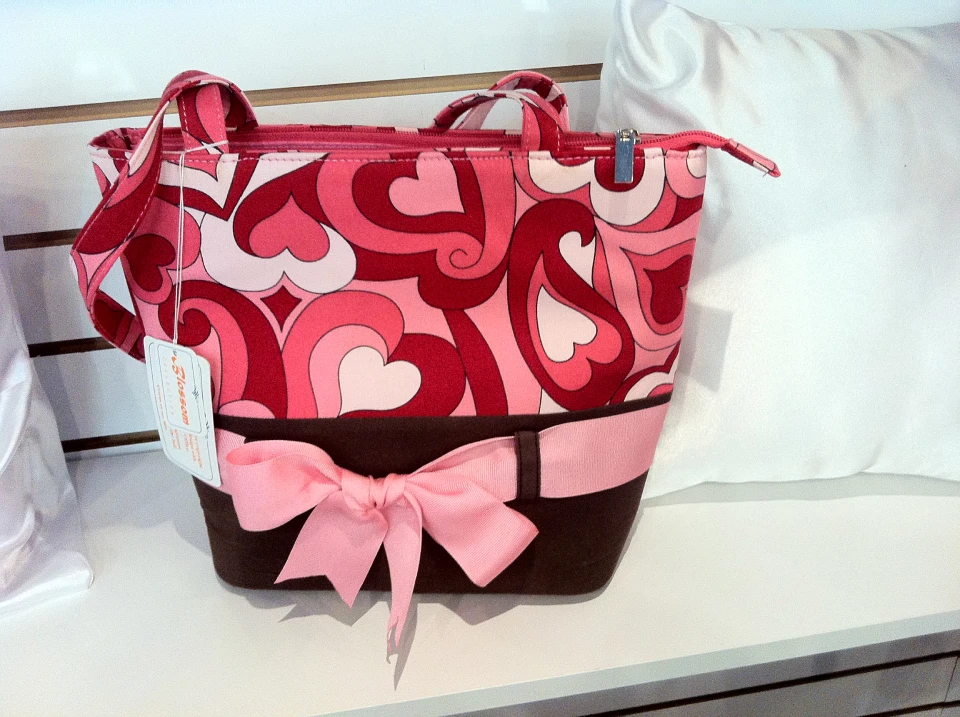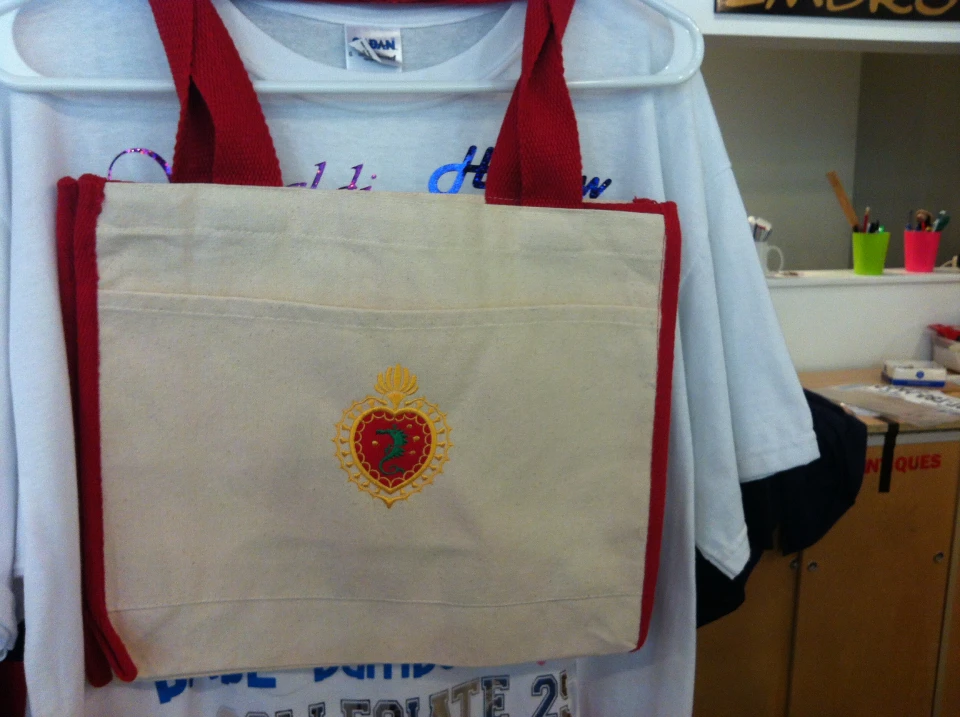The Art of Customized Needlework: Unlocking the Secrets to Creating Distinct and Memorable Styles
The keys to producing personalized embroidery styles that mesmerize the eye and leave a lasting perception lie in a fragile equilibrium of technique, creativity, and focus to information. As we delve into the world of custom-made embroidery, we discover the nuanced interaction between thread choice, stitch complexity, and style customization that raises a mere garment to a job of art.
Choosing the Right Needlework Threads
When choosing embroidery threads, what vital elements should you consider to make certain the ideal results for your custom-made styles? The selection of embroidery string is crucial in identifying the last end result of your embroidered layout.
Additionally, the weight or density of the thread plays a substantial duty in the appearance of the needlework. Thicker strings can add dimension and appearance to your style, while finer threads are optimal for elaborate information and small message. Additionally, thinking about the shade fastness and washability of the thread is important to guarantee that your customized designs preserve their quality and vibrancy with time. By very carefully assessing these variables and choosing top quality strings that meet your certain requirements, you can improve the visual allure and longevity of your stitched productions.
Discovering Various Stitch Methods
To explore the realm of 'Checking out Different Stitch Strategies', one should grasp the details and nuances that each sewing approach offers the art of embroidery. Various stitch strategies not only include aesthetic interest but additionally add to the general appearance and dimension of the design. One prominent stitch method is the satin stitch, which involves carefully jam-packed parallel stitches to create a smooth and shiny surface, suitable for completing shapes and creating vibrant describes.
On the various other hand, the backstitch is a functional strategy usually utilized for outlining and including great details. It includes stitching backwards to create a solid line of needlework. In addition, the French knot stitch adds a tactile component to layouts, excellent for developing distinctive accents like flower facilities or ornamental touches.
Checking out various stitch strategies allows embroiderers to have fun with light, darkness, and depth within their designs, raising the aesthetic charm and imaginative quality of their needlework projects. By grasping different sewing methods, one can open endless opportunities for developing special and remarkable custom-made embroidery pieces.
Incorporating Personalized Layout Elements
Having discovered the complexities of different stitch strategies such as the satin stitch, backstitch, and French knot, the focus now moves in the direction of including customized style elements in customized needlework tasks. Individualized style aspects play a vital function in making embroidery tasks absolutely unique and memorable. One means to integrate customization is by including initials, names, or significant dates to the design. This not only includes an individualized touch however likewise improves the sentimental worth of the needlework item.
An additional method to incorporate individualized design components is by including signs or themes that hold unique meaning to the recipient or reflect their rate of interests and personality. For instance, incorporating a preferred flower, pet, or hobby-related icon can make the needlework style more purposeful and tailored. In addition, picking colors that resonate with the recipient discover this or align with the desired motif can even more enhance the customization of the embroidery project.
Mastering the Art of Shade Control

One key facet of color control is recognizing color concept. This consists of understanding how various colors connect with each various other, the feelings they share, and how they can be integrated to develop visually appealing styles. By applying color concept concepts, embroiderers can develop unified shade schemes that enhance the general look of the style.
In addition, taking note of contrast is important in shade coordination. Making use of contrasting shades can assist particular components of the layout blog pop, boost legibility, and produce an aesthetically vibrant needlework item. By understanding the art of shade control, embroiderers can raise their layouts and create remarkable pieces that reverberate with customers and viewers alike.
Enhancing Structure With Advanced Embroidery Stitches

French knots, for example, are ideal for including little, elevated dots to your style, mimicking the appearance of grains or developing a textured surface area. Bullion knots, on the other hand, can be utilized to create twisted, ropelike components that add a lavish feeling to the needlework. Seed sewing entails little, scattered stitches that can fill in locations with a polychromatic appearance, while turkey work creates fluffy, dimensional accents similar to pet hair or vegetation. Explore these advanced embroidery stitches allows you to press the borders of conventional needlework and create genuinely special and visually appealing appearances in your layouts.
Conclusion
Finally, the art of customized needlework entails More Info a combination of selecting the right strings, exploring numerous stitch techniques, including customized design components, understanding shade control, and improving structure with sophisticated stitches. By understanding and executing these essential components, embroiderers can develop one-of-a-kind and unforgettable layouts that showcase their creative thinking and ability. Needlework enthusiasts can open the keys to creating attractive and custom pieces that stick out and leave an enduring perception.